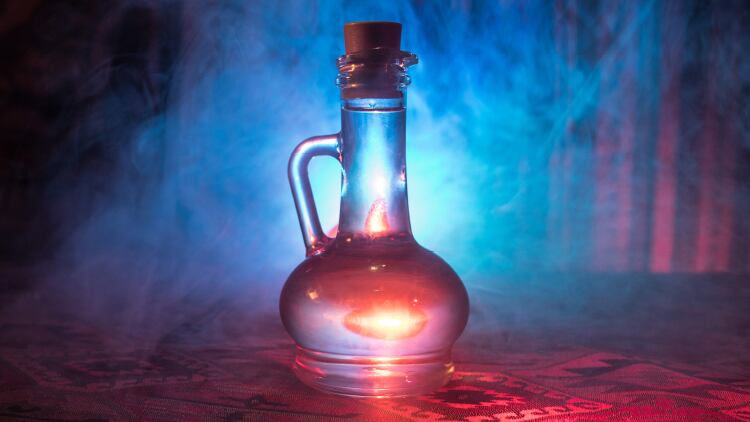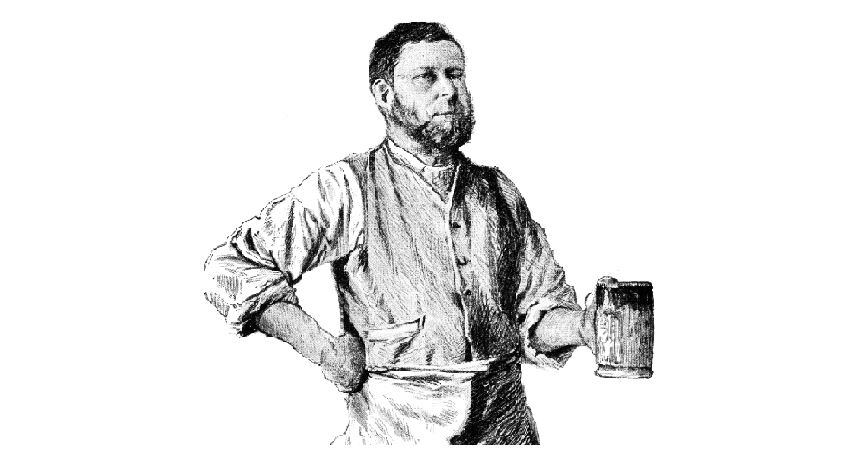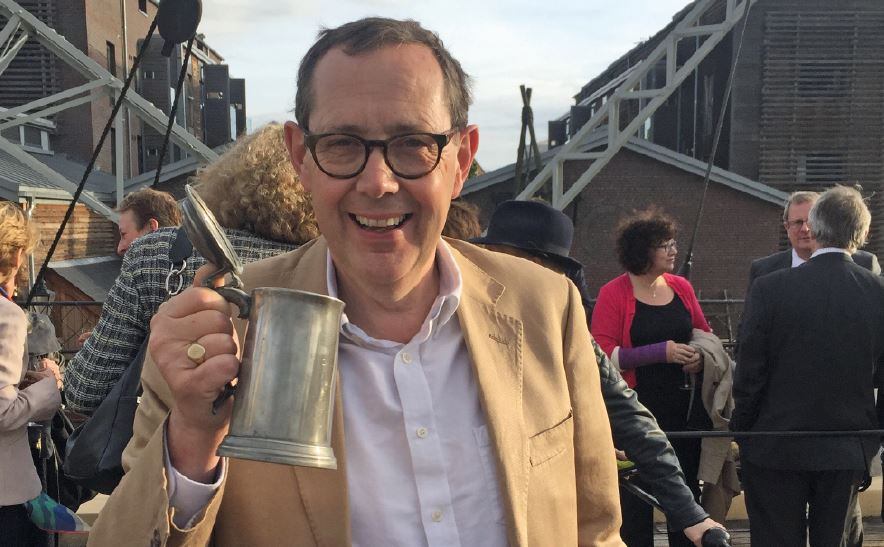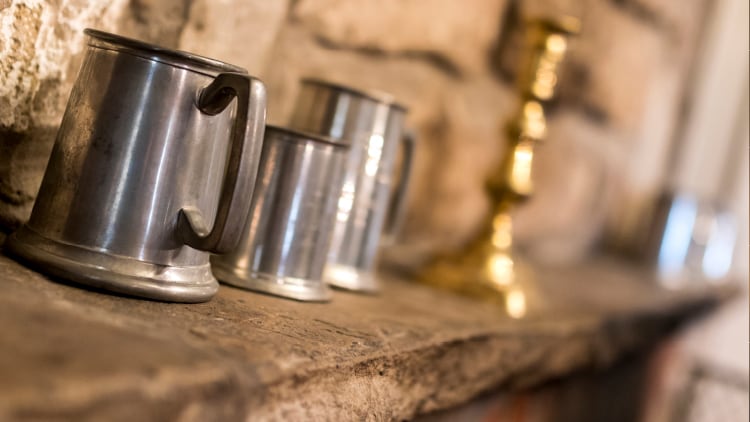Consumption of spirits and the way we drink them has changed dramatically during the past three centuries. This is a well-known fact, but Gavin Wrigley, head of education at the European Bartender School, is able to sum up the transition in a snappy fashion.
Some 300 years ago, he explains, London was in the middle of the ‘gin craze’, during which poorly made, rot-gut spirits were order of the day in about one in three houses, whisky and brandy were mostly clear, un-aged spirits, and vodka was largely unknown outside of Russia or Poland.
“Along with the progression and general ubiquity of ageing in wood, the 18th century also welcomed a significant devotion to mixing spirits with other ingredients,” Wrigley outlines. “Long before the word ‘cocktail’ was ever uttered in reference to a drink, ‘punch’ was the cocktail of the day.”
Born of the shipping industry and predominant throughout the 18th and 19th centuries, punch consisted of spirit, sugar, citrus, spice and water. Water was used in a way that ice in a shaker is now, with ice not commonly available for use in drinks until around the 1830s.
“The availability of ice farmed from the frozen lakes around Boston, stored through summer and shipped globally, was a pivotal point for the way we consume spirits and led to drinks like the Julep and the Cobbler,” says Wrigley.
“By the 1880s, we were in the golden age of cocktails; bottled sodas were a thing, a few liqueurs had become reasonably widespread, as had ice, and certain bartenders had become incredibly skilled.”
That said, none of those upswings in the industry compare to the growth in variety we’re seeing right now.
Gin is proliferating at an incredible rate and the average pub now offers it with a thought-out tonic pairing; Japan makes some of the best whisky in the world; and demand for Irish whiskey is growing just as fast as distilleries are being built across the Irish Sea.
Now we have an incredible amount of spirit options and infinite combinations of ways to consume them.
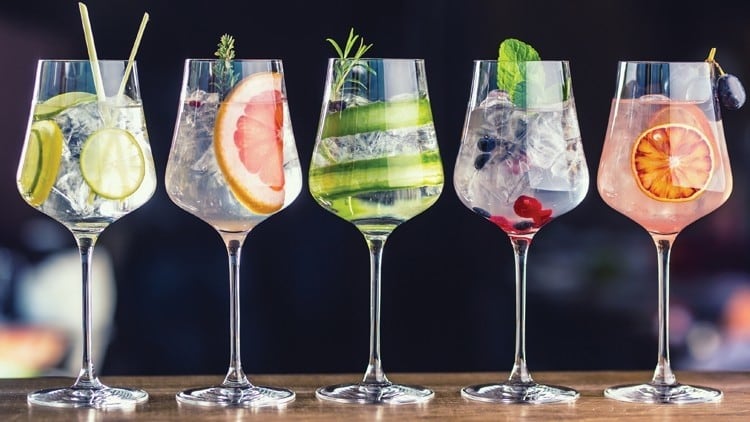
Gin
In 1751, English artist William Hogarth created his infamous black and white satirical, political illustration which condemned the gin craze sweeping London. The artwork – titled Gin Lane – depicted the masses drinking themselves into oblivion and a baby falling to its death.
In the same year, the Gin Act was passed, outlawing small-scale gin distilleries in the capital and, by 1757, the out-of-control enthusiasm had been all but extinguished.
Fast forward 268 years and the thirst for gin has again reached fever pitch – albeit in a far more civilised manner – and this time round imbibers have an assortment of choice ranging from pink and flavoured varieties and even ‘beauty-based’ collagen-infused tipples (premium gin added £99.6m to the category in 12 months according to William Grant & Sons’ UK Market Report 2018).
The explosion in craft and small-batch gin producers was made possible when, in 2009, west London-based Sipsmith won a successful two-year legal challenge against the HMRC for the right to produce gin in small quantities rather than on an industrial scale, prompting a change in drinking habits.
“Back in the 1950s and 1960s, people didn’t drink gin, they drank Beefeater or Gordon’s, just as their parents had done before them,” explains consultant and gin specialist David T Smith.
“The biggest difference between then and now can be summed up in one word: loyalty. In particular, brand loyalty.”
Other popular brands at the time included Tanqueray, Boord’s, Booth’s and Gilbey’s, but a period of mergers and acquisitions in the 1970s meant some gins were forgotten as their new owners focused on their existing brands, Smith adds.
Today, gin distilleries have become popular destinations for tourists. “Sipsmith gets around 25,000 visitors per year,” says Jess Wood, gin expert at Dorchester Brewhouse & Kitchen. “This showcases how people are not only buying into the gin, but also the experiential value, which has definitely fuelled a growth in sales.”
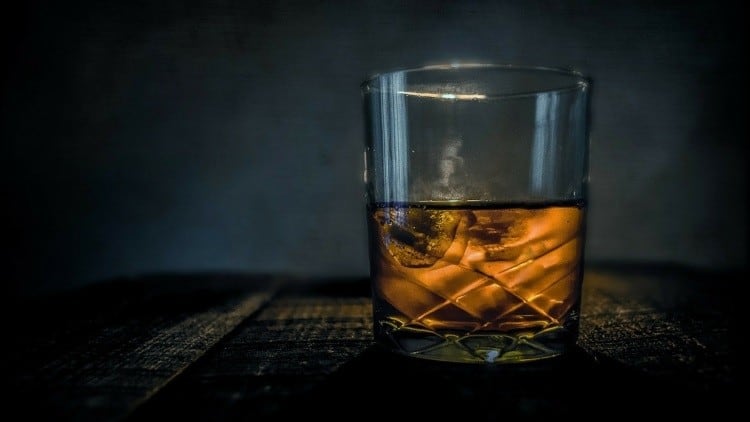
Scotch whisky and whiskey
Scotch whisky may be a global industry today, but it grew from humble beginnings – developing over five centuries – says Scotch Whisky Association deputy director (strategy and communications) Graeme Littlejohn.
“Until the 19th century, Scotch whisky was only enjoyed in Scotland and across Britain,” he says. “It was not until the invention of continuous distillation and the rise of blended whisky that whisky was taken to far-flung markets by the ‘whisky barons’.”
Littlejohn says while there are more single malt Scotch whiskies on offer today, blended Scotch is still the foundation of the industry.
“Last year, around 83% of Scotch whisky cleared to market in the UK was blended – 30 years ago this was more like 93%,” he explains.
European Bartender School’s Gavin Wrigley points out that Irish whiskey was more popular than Scotch in the 19th century but, by the mid-1900s, distilleries had dwindled from hundreds to just a couple. “Now there are dozens, more on the way, and Irish whiskey has had double-digit growth for years,” he adds.
In the US, Jack Daniel’s was born in 1866. The brand was propelled to worldwide fame in 1904 after its Tennessee Whiskey received a gold medal at the St Louis World’s Fair.
Jack Daniel’s marketing manager Jo Huergo said: “In 2007, the launch of TV series Mad Men about those who worked in a prestigious ad agency in 1960s New York put whiskey in the spotlight as many characters drank it.”
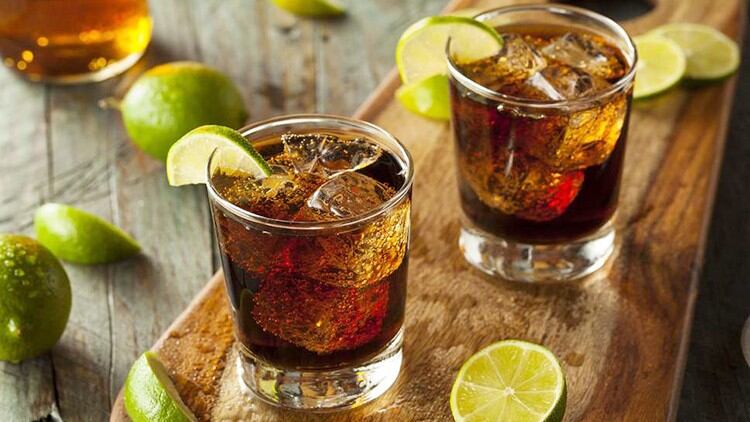
Rum
In the 17th century rum was a drink local to the West Indies, consumed by servants and sailors, as well as a ‘cure-all’ medicine, explains Sophie Cawthorne, an archivist for Diageo, which counts Captain Morgan among its brands. During the 18th century, distilling methods improved to make rum a more palatable drink, while the price of sugar – a key ingredient in rum production – fell. Consumption rose and by the end of the 18th century, more than 2m gallons were being imported into the UK every year.
“Rum was also the drink of the British Navy,” Cawthorne continues. “It had become respectable by the mid-18th century and the rum punch (a mix of rum, water or tea and spices) craze made it fashionable. While the majority of individuals drank gin, the English middle classes drank rum punch made with finest Jamaican rums.”
Today, one in three cocktails served in the UK on-trade contains rum, predominantly led by the Mojito, which is the number one cocktail and holds a 13.6% share of the cocktail market (Source: CGA Mixed Drinks Report, Q1 2018).
Rum is the fifth biggest spirits category in the on-trade in Great Britain, currently growing at 4.7% value and 1% volume on MAT (moving annual total), delivering £702.1m of value this year (source: CGA On-Trade Markets Report, 01.12.18].
The premiumisation of rum is now a trend. “Consumers have become more sophisticated drinkers and are interested in craftsmanship and the authenticity of the products they drink,” explains Metinee Kongsrivilai, UK brand ambassador for Bacardi rum.
“As a result, they are drinking less but better. Rum, in particular, is undergoing massive premiumisation in the UK market, with shoppers increasingly trading up to products they consider deliver a little more bang for their buck.”
Bacardi Añejo Cuatro, a four-year-old aged gold rum, is just one example of the way rum brands are diversifying.
“We are now seeing the premium rum segment grow 24% year on year,” Kongsrivilai adds. “It is an exciting time for the category; rum has broken the £1bn barrier and is set to grow faster than gin by 2020.”
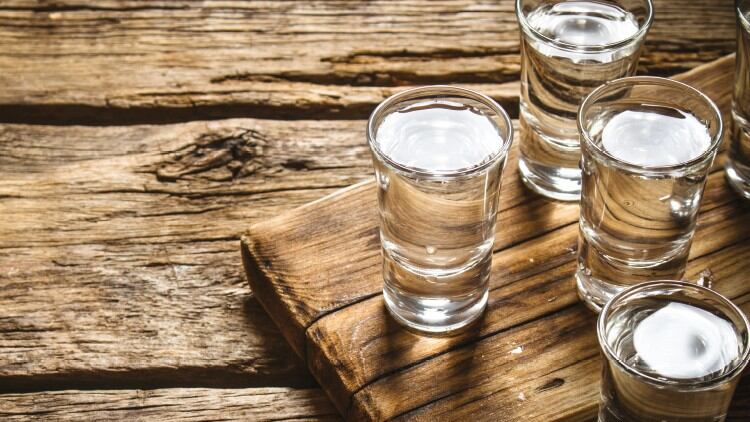
Vodka
According to Diageo archivist Alia Campbell, vodka’s origins can be traced back to the early 15th century, although experts disagree as to which country invented the tipple.
“For much of its early history, vodka was plagued with off-tasting impurities,” she says. “Distillers consequently experimented with a variety of purification techniques, such as freezing or infusing their vodka with fruit, spices, herbs or other flavours to mask the bad taste.
“In the late 18th century, it was discovered that many impurities could be removed by filtering vodka through charcoal made from charred hardwoods.”
Pyotr Arsenievich Smirnov founded a distillery in Moscow in the late 19th century and this filtration method was essential to Smirnov’s vodka-making. He began selling vodkas under his name in 1864 and, by 1898, more than 150 variants of flavoured vodkas and liqueurs had been produced.
The traditional Russian vodka house was shut down during the revolution of 1917, then re-established in Turkey, Poland and France before its successful launch in post-Prohibition America in 1934, and finally the UK in 1953.
According to Campbell, the first mention of vodka in the on-trade in the UK was in the 1930-dated The Savoy Cocktail Book.
Last year, vodka delivered £1.84bn of value, of which Smirnoff Red accounted for 58.9% (source: CGA On-Trade Markets Report, 01.12.18). The brand recently expanded its range to include Vanilla and Espresso vodka options and a Gold Cinnamon Flavoured Liqueur.

